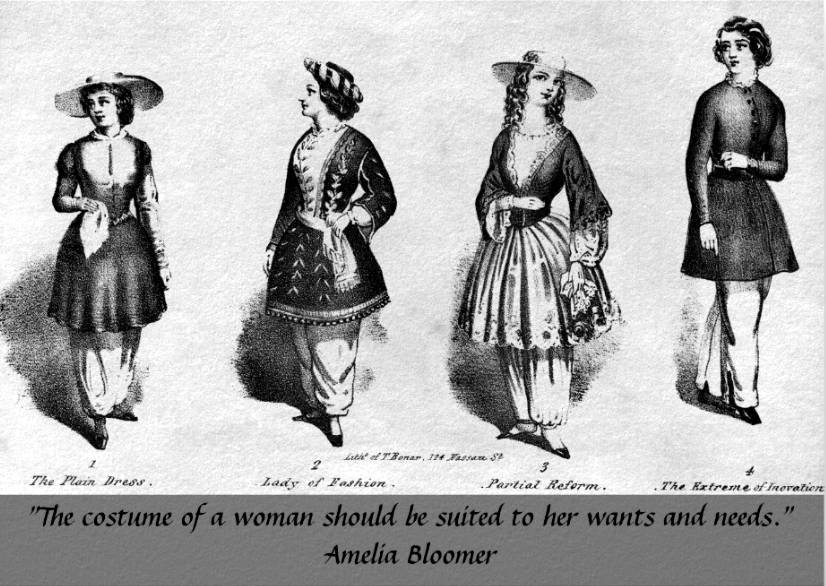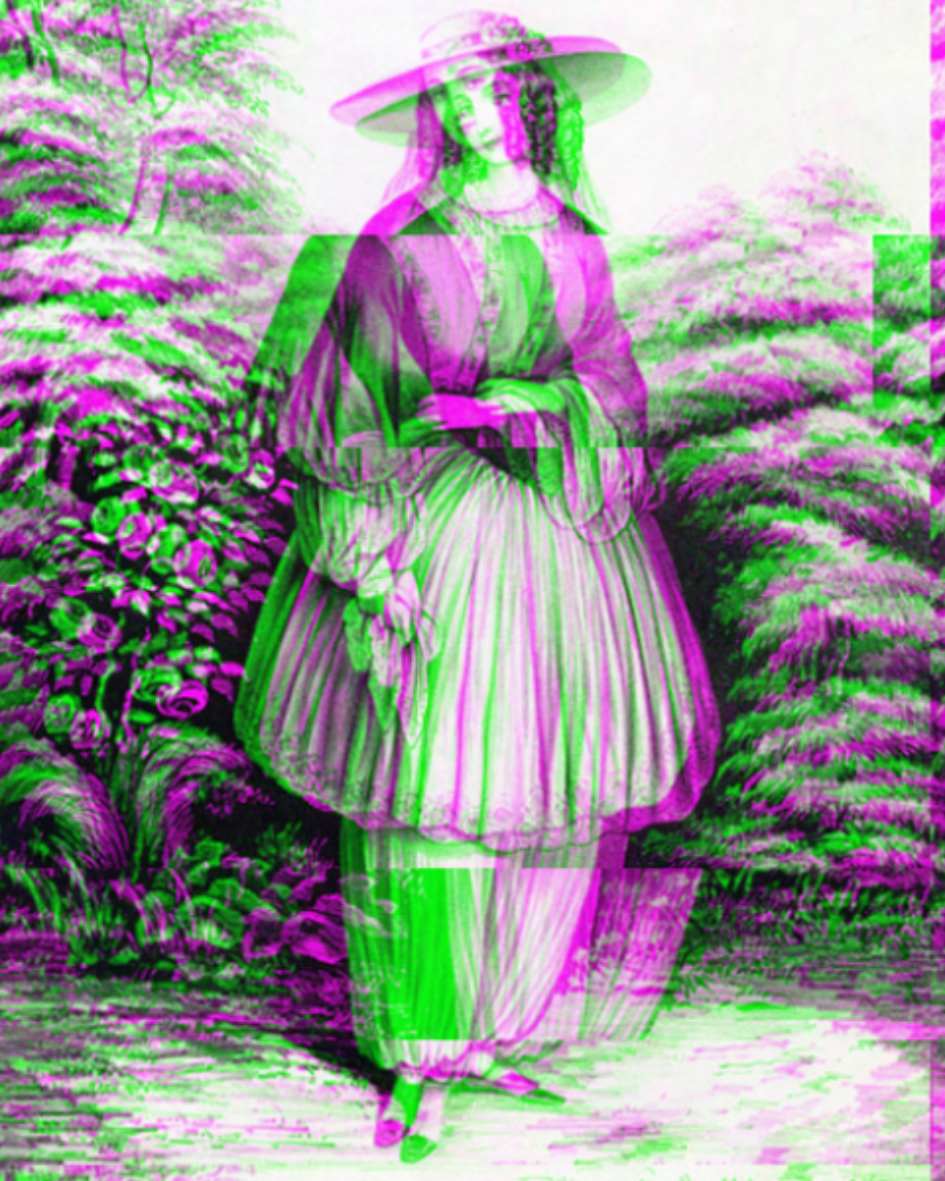Although sometimes we do not pay attention to the clothes we wear, because we wear them every day, if we analyse the shape of the trousers we wear; wide, tight, sporty, different lengths, and coarse, everything has a beginning, there is something that marks a significant milestone in history. Today we will focus on two of them; women’s trousers and the mini skirt.
.
By Soraya Fernández DF
.
Clothes have undergone a noticeably big transformation throughout the ages. We could metaphorically compare it to Charles Darwin’s Theory of the evolution of the species, in which the principle is based on the need for modification, just like the species that underwent and still undergo a radical change, a quantitative and different leap, a necessary change. The history of women has been marked by transformation and the struggle for equality, and their role in society, and the garments they wear have played a part in this.
In 1851, a women suffragist, editor, social activist and defenders of women’s civil rights, wearing a different outfit, very novel for the time, walked through the streets of Seneca Falls, New York. She was Amelia Bloomer (1818-1894), a feminist who incorporated the trouser-pants. Although she did not invent them, the trousers were not a widespread fashion at the time, as they were considered unattractive by many women. Turkish trousers or pantaloons were an outfit that combined knee length skirt with loose pants. This ensemble was dogged by criticism, mockery, and satire in the press. Over time this outfit became established as a women’s sports garment, due to its comfort and practicality, for activities such as swimming, cycling and others. The outfit was christened «The Bloomer Costume» or «Bloomers». Blúmer’ is the name given in many Spanish-speaking countries in America to women’s pants.
Bloomer, who expressed ideas about women’s rights and, among other demands, advocated the need to find less overloaded and oppressive clothing, the excesses of fashion that limited women’s mobility, oppressed under the tight corset and the immense ‘cage’ or crinoline and layers of underwear, which had implications for their autonomy and employability. Feminist movements had appeared since the beginning of the 19th century. Some of them proposed «reformist costumes” suitable for the performance of the tasks of active women. Neither at one time nor the other, the proposal became a widespread fashion. Women were not yet ready to ‘enter’ the male wardrobe.

The trousers were given a second chance to make a comeback. This was at the time of the First World War, men went to the front, so women left the home and began to do jobs that they could not do before because they were women. The Government encouraged women to work employing propaganda, to exercise jobs in which the big dress lost popularity since it was impractical, it was impossible to move with agility, this changing the lives of the women already integrated into the productive part of society. In 1930 Coco Chanel, French fashion designer, showed women’s trousers, and made them popular: a change that not all women accepted, but which gained ground because of its versatility. History had again already changed in terms of clothing.
In the post-war period, women returned to the home, the new domestication of women, in which procreation was of vital importance after a war, and the image of a well-dressed woman in suit, who had access to study, vote and was part of society, and at the same time was a wife, a mother was the perfect image.
Everything changed in the 60s, there was a change of rebellion, the new generations needed to transform their lives, sexual liberation, and contraceptives. That is how the miniskirt appeared as a symbol, miniskirts of various styles and shapes have been worn by a vast proportion of women of diverse ages, some accompanied by boots, tights, or baring the legs. Here the mini skirt again came to symbolise women’s bodily autonomy in the same way that bloomers had many years before.
Listen Desde la Tundra PODCAST (with subtitles in ENGLISH)
